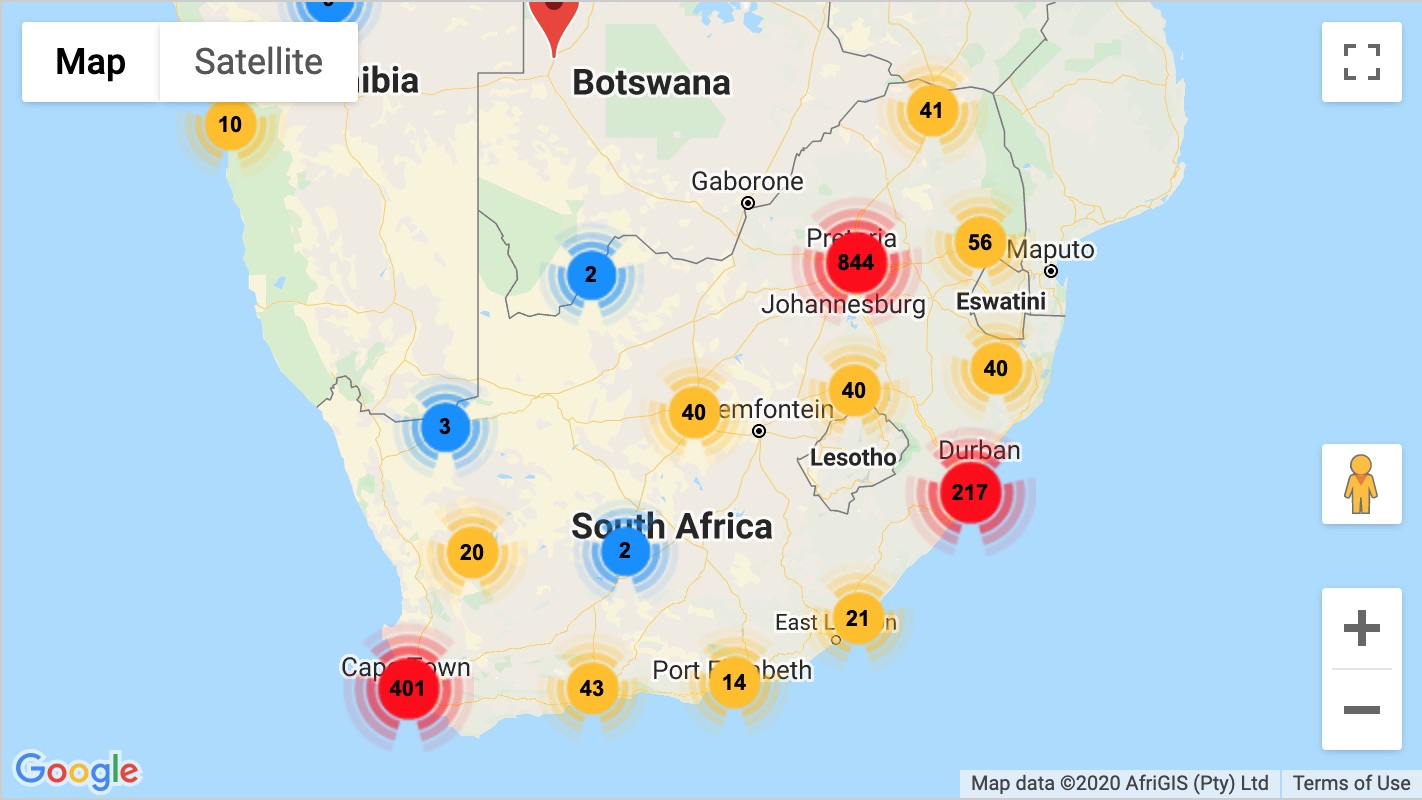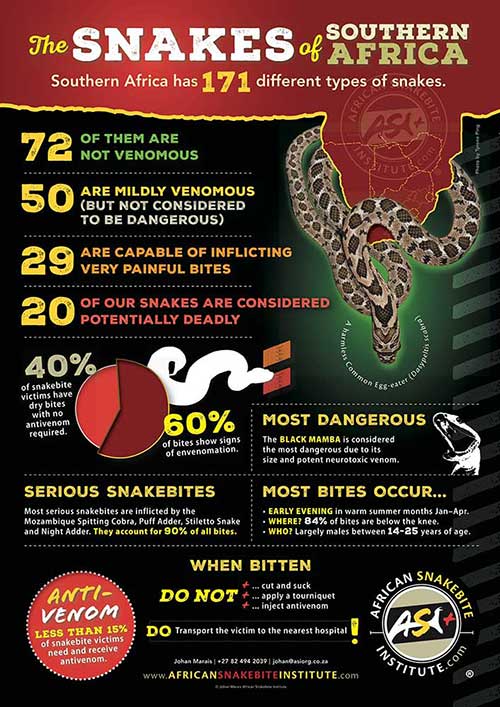PLEASE NOTE. Our offices will be closed from the 12th of December 2025 – until the 5th of January 2026. Last date for orders will be the 8th of December 2025. Any orders placed after the 8th of December 2025, will only be dispatched after the 5th of January 2026.
Spring is in full swing in Southern Africa – temperatures are rising, birds are nesting, and we’ve even seen a few minor rain showers. Snakes too are on the move and we are starting to get bombarded with daily messages requesting snake removals or IDs of snakes by the public. The first few snakebites have been reported and some dogs have already been bitten, too.
Many environmental conditions appear to control snake movement. We have documented rain and warm weather increasing snake activity. There may be other factors that increase their activity, such as moon phase, barometric pressure and prey and mate abundance. In Southern Africa, snakes do not really hibernate as our winters are very mild. They may be less active and human/snake interactions decrease but on a warm winter’s day, the temperature may exceed 20 degrees and snakes may sneak out of their hiding spots to soak up some sun. Most snakes appear to go underground during the colder periods as temperatures are stable a meter underground. As soon as the days start increasing in temperature, the snakes will become more active.
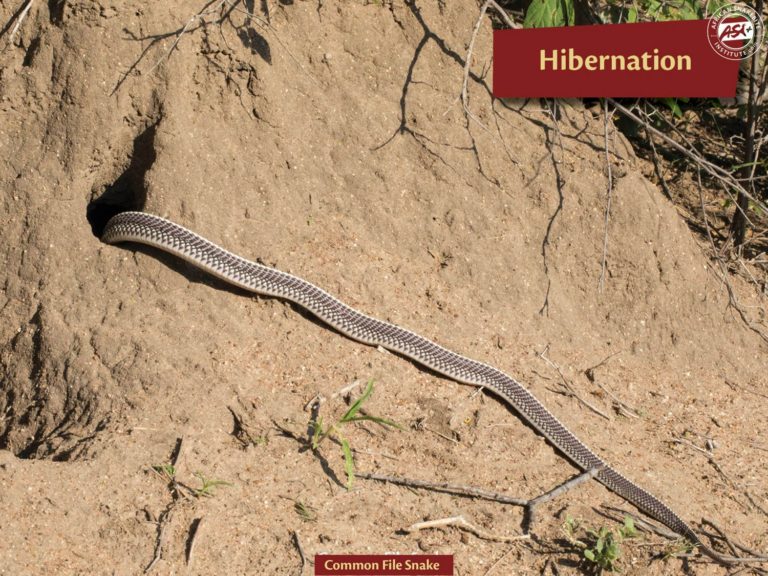
During winter most snakes do not eat, as they require high temperatures to digest prey. As soon as temperatures increase, snakes will be on the move in search of food. Many snakes end up around human dwellings as we often have a surplus of snake prey in our gardens in the form of rodents, lizards and geckos, frogs and birds.
Mating usually takes places in spring or early summer in most Southern African snakes. There are a few exceptions. Black Mambas are well known for mating in autumn and winter, as are Puff Adders and Pythons. Female snakes leave a trail of pheromones to attract male snakes. The male snakes follow the scent trail of the female. Often more than one male will follow the scent and we have come across females with multiple males hoping to mate with her. This may lead to male combat, where the male snakes wrestle for the rights to mate with the female. We are often sent images of large Puff Adders or Black Mambas wrestling and many people mistake this for mating. In male combat, the two males twist around each other, each trying to pin the opponents head to the ground. The winner or dominant male gets to mate with the female and the loser leaves. In mating, the snakes are usually secretive and the male approaches the female cautiously, with his tongue constantly flickering. He then slides on to her or next to her and wraps his tail around hers and inserts one of its two reproductive organs.
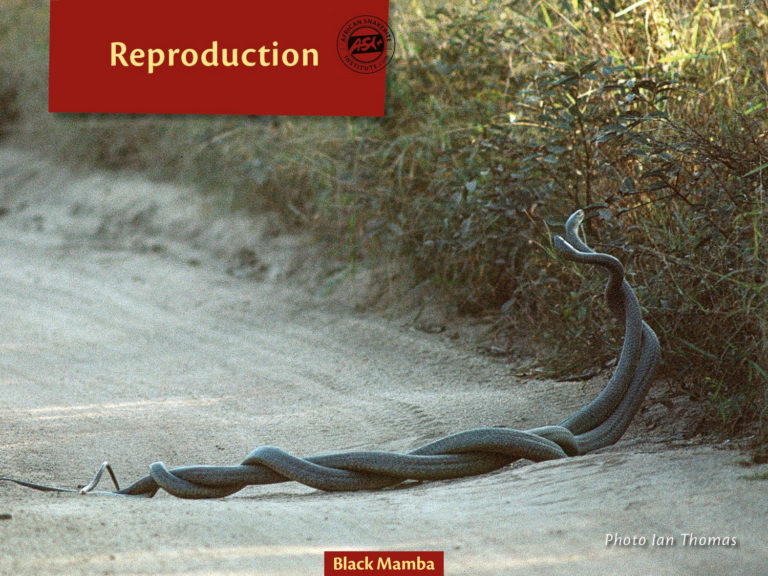
Females can mate with multiple males and store sperm. The result of this is that babies from a single clutch may have multiple fathers, increasing their chances of survival and having good genes. Eggs are usually laid in summer and take around 3 months to hatch. Most females do not guard the eggs, and the babies once they’ve hatched, are on their own to fend for themselves. So if you encounter a baby snake, there is little to no chance of finding the mother. However, you may encounter more than one baby snake until they have successfully dispersed.
Snakes are not frequently seen, due to their secretive habits. We often talk to farmers who have “plenty” of snakes around, but when asked when they last saw one, we find they often haven’t seen a snake in a year or more. On a good day in the field, we may find more than a dozen snakes, but we must work hard to locate them. Obviously the more isolated you are and the greater the natural area around your house, the more snakes you may encounter. Built up areas may still have a few snakes that take advantage of the high abundance of water and food. These are usually snakes such as the Brown House Snake, Spotted Bush Snakes or Herald Snakes. Even Rinkhals may thrive in built up areas of Gauteng although they are almost locally extinct in the built up regions of the Cape.
Very few snake encounters end up in snakebite. Snakes are shy and avoid human conflict as much as possible. Over the whole of Southern Africa, we see less than 50 deaths a year from snakebite. Our hospitals are generally well equipped to deal with snakebite.
Many people ask if all the hospitals stock antivenom and where they should go if they are bitten by a snake? The truth is that the vast majority of snakebites do not require antivenom and are treated symptomatically. Therefore any hospital with a trauma unit would be good. Many rural hospitals are well practiced with snakebite treatment and often have better experience than suburban hospitals. In the short term, the most dangerous aspect of snakebite is the lack of breathing due to neurotoxic venom (found largely in the Black Mamba and Cape Cobra for example). This can be treated by putting the patient on a ventilator.
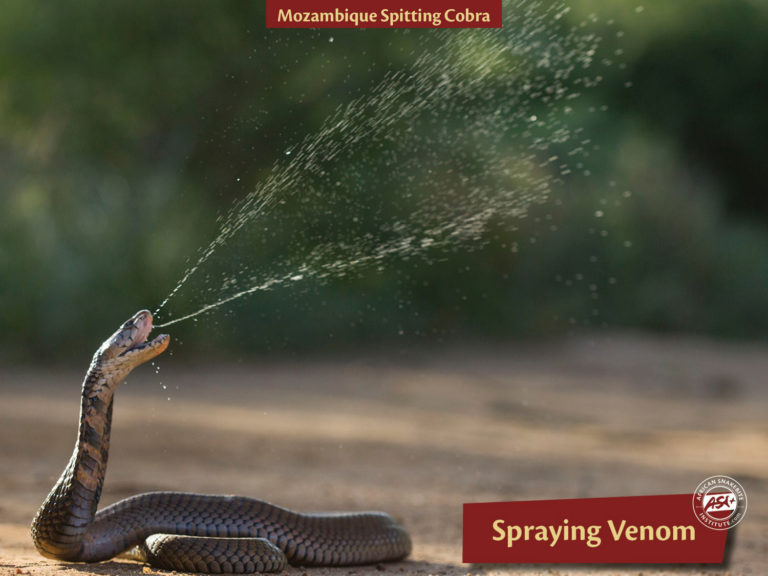 Venom in the eyes from spitting snakes must be flushed out as soon as possible. We recommend using a running tap to wash out as much excess venom as possible. Any bland liquid can be used, but water works best. You should visit a doctor after the incident to have the eyes examined and treated with local anesthetic and antibiotic cream to prevent corneal damage.
Venom in the eyes from spitting snakes must be flushed out as soon as possible. We recommend using a running tap to wash out as much excess venom as possible. Any bland liquid can be used, but water works best. You should visit a doctor after the incident to have the eyes examined and treated with local anesthetic and antibiotic cream to prevent corneal damage.
Pets often get bitten by snakes, especially dogs. Due to their hunting instincts, they attempt to kill snakes and often end up getting bitten. There are no household recipes or tricks to deal with snakebites in pets and it is best to get your pet to a veterinarian. In serious cases antivenom is needed. Cutting the tip of the ear, injecting petrol, making your pet drink milk or swallow charcoal as well as administering Allergex tablets does nothing for your pet and just causes additional stress. Pets that are spat in the eyes by Rinkhals or one of the spitting cobras need to have their eyes washed out as soon as possible. Use a running hose and flush the excess venom out as best as possible, and then get it to a vet.
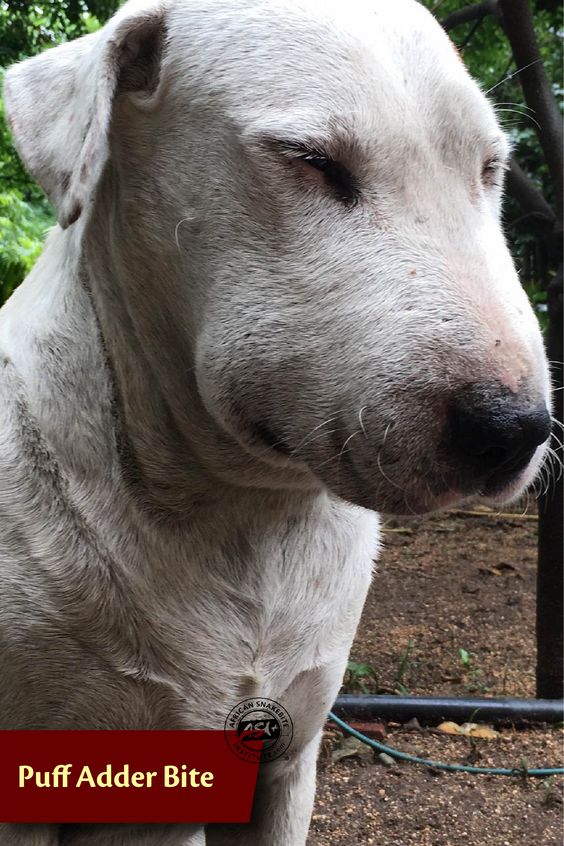
The free ASI Snakes App is available on IOS and the Android Play Store. It has the contact numbers of over 500 snake removers country wide. It also has a map of the local hospitals and can aid you in the case of a snakebite. The Poison Information Center contact details are also available as is a direct line to the African Snakebite Institute. This app also has over 150 profiles of snakes, scorpions and spiders and you can also send your photos through for identification.
Download the app and be prepared this snake season – http://bit.ly/snakebiteapp.
- Should you encounter any snake, immediately back off 5 paces or more and call a snake remover.
- If spat in the eyes, rinse the eyes with water and get to a doctor.
- In the event of a snakebite, get the person to the nearest hospital with a trauma unit.
If your pet is spat in the eyes or bitten by a snake, get it to a vet immediately.
Search
Shopping Cart
CONTACT US:
Product enquiries:
Caylen White
+27 60 957 2713
info@asiorg.co.za
Public Courses and Corporate training:
Michelle Pretorius
+27 64 704 7229
courses@asiorg.co.za
Featured Products
-
 ASI Collapsible Snake Hook - 1.2 m
R650.00
ASI Collapsible Snake Hook - 1.2 m
R650.00
-
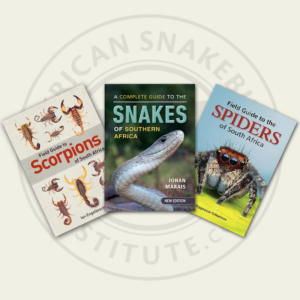 Rangers Book Combo 1
Rangers Book Combo 1
R1,450.00Original price was: R1,450.00.R1,305.00Current price is: R1,305.00. -
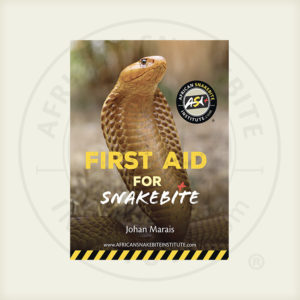 ASI First Aid for Snakebite Booklet
R40.00
ASI First Aid for Snakebite Booklet
R40.00
